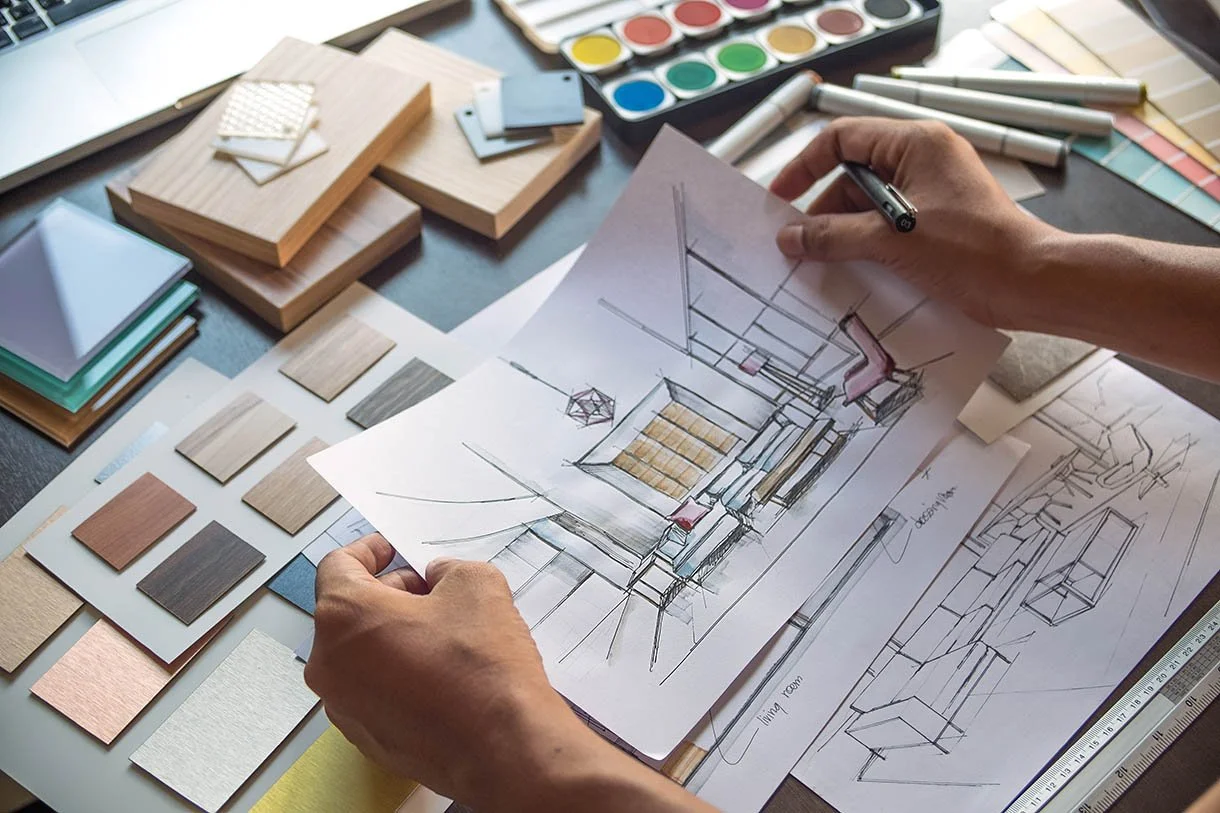Profit-Boosting Pricing for Interior Designers
How to price your services for profit
Entering the world of interior design can be both exhilarating and daunting, especially when it comes to pricing your services. This is probably one of the most frequently asked questions we hear, so let's tackle this head-on and ensure you're well-prepared.
If you're passionate about interior design but unsure about how to value your work, you're not alone. Many aspiring designers face this challenge. However, with a strategic approach, you can set prices that reflect your skill, dedication, and the value you provide to your clients. Here’s a step-by-step guide to help you navigate through.
Understanding Your Market
Before setting your prices, it’s crucial to understand the market you’re entering. Research the standard rates for interior design services. This doesn’t have to be limited to your local area, your design services are able to reach a global market thanks to wifi!
Look at what both newcomers and established professionals are charging. Remember, your pricing shouldn’t just be about covering costs or undercutting competitors; it should also reflect the quality and value you bring to your customers in your service you provide.
Evaluate Your Skill Level
Be honest about your experience and skill level. If you’re just starting out, you might not be able to charge the same rates as designers with years of experience and a robust portfolio. However, this doesn’t mean you should undervalue your services.
Consider your education, any internships or projects you have done for friends and family and the transformation you have had on their lives in doing so.
Consider the Scope of Work
Interior design projects can vary greatly in complexity and duration. Whether it's a full home renovation or a single-room makeover, the scope of work will significantly impact your pricing.
Create a detailed proposal for each project, outlining the specific services you’ll provide, estimated hours, and any product costs. This clarity not only helps in setting a fair price but also in managing client expectations.
Pricing Strategies:
Hourly Rate
Many designers start with an hourly rate, which can be simpler to manage and explain to clients. To determine your hourly rate, calculate your desired annual salary, overhead costs (like software, transportation, and office supplies), and the number of billable hours you can work in a year. This method is transparent and straightforward but may require adjustments based on project scope and client budgets.
Fixed or Flat Fee
For more experienced designers or those with a clear understanding of their work process, a fixed or flat fee can be attractive. This approach is based on the total scope of the project and is agreed upon before work begins. While it offers security and simplicity, accurately estimating the project's scope and potential complications is crucial.
Cost-Plus
In the cost-plus model, you charge for all project costs (furniture, materials) plus a predetermined percentage or fee for your design services. This method ensures you're compensated for both your time and the resources you provide, but it requires transparent and meticulous record-keeping.
Communicate Value
Regardless of the pricing model you choose, communicating the value you bring to a project is essential. Highlight your unique approach, the bespoke solutions you offer, and the benefits your client enjoys of a well-designed space.
Building a strong portfolio and gathering client testimonials can also significantly bolster your case.
Adjust as You Grow
Your pricing isn’t set in stone. As you gain experience, expand your portfolio, and build your reputation, revisiting and adjusting your rates is not just advisable—it’s necessary. Regularly review your pricing strategy to ensure it aligns with your expertise and market demand.
Pricing your interior design services can seem overwhelming, but with the right approach, it becomes an integral part of your business strategy. By understanding your market, evaluating your skills, and clearly communicating the value you provide, you can set prices that are fair, competitive, and reflective of the beautiful spaces you create.
Remember, your passion for design is invaluable, and with time and experience, your pricing will perfectly reflect the worth of your work.
Liked this?
Learn more from our Freebies, Courses and ‘Done for you’ Templates








